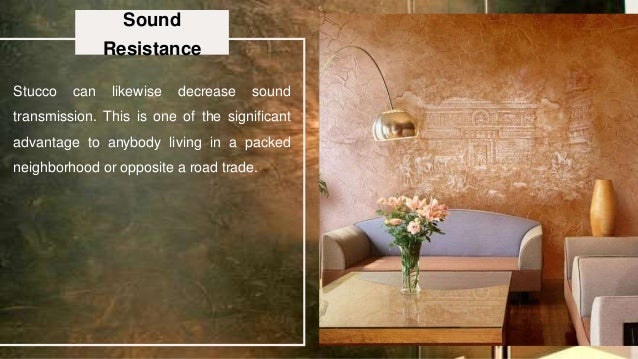

However, like all things in the world, stucco comes with a set of pros and cons. This cement-like substance is frequently installed in front of houses for a distinctly Southwestern look. It adds a unique quality by way of its distinctive texture and hue.
Versus stucco professional#
Our professional installation services make stucco suitable for usage on the interior and exterior walls of buildings. However, due to its relative rigidity, traditional stucco is more likely to develop slight cracks, and its design options are also severely restricted. Last yet not least, traditional stucco is usually more durable than EIFS ( synthetic stucco).
Versus stucco plus#
On top of it, the central plus point is that traditional stucco is often offered at lower prices than synthetic stucco. The longevity and resistance to the elements offered by traditional stucco are frequently cited as reasons to favor it over other currently available coatings. The layers of synthetic stucco do not permit air to flow, which can lead to significant problems such as wood rot and mold growth if moisture is allowed to accumulate. Moreover, due to the material’s versatility, it is also possible for homeowners to include additional exterior design features such as keystones, cornerstones, and other aesthetic embellishments in their homes.ĮIFS has a high moisture absorption rate, which is a significant disadvantage despite the fact that it has a number of beneficial properties. This is because it helps to retain conditioned air in the summer and heat in the winter. Although traditional stucco and synthetic stucco have a lot in common, these two building materials each have advantages and disadvantages.ĭue to its multilayered design and insulation, synthetic stucco is an energy-efficient solution superior to other methods. What are the advantages of using EIFS instead of the more traditional method of using stucco?īoth traditional stucco and EIFS are extremely versatile building materials since they may be painted or stained to accommodate the tastes of the homeowner.īoth choices offer sufficient protection against the spread of fire and noise pollution. Covering these layers with a textured finish that also protects the inner layers gives EIFS the final stucco appearance. Typically, the foam insulation board serves as the insulating layer. EIFS is a multi-coat finish that combines an insulating layer (often a foam insulation board) with a cement substance (typically based on acrylic or polymer) and a glass mesh reinforcement layer. The 1980s saw the rise in popularity of EIFS stucco as a contemporary alternative to traditional stucco for cladding buildings.

Applying a finish made of acrylic polymer on traditional stucco is common practice to protect it from breaking. After applying this mixture in two or three coats over a lath base or mesh, it dries into a dense and solid finish on the structure’s exterior. The traditional composition for stucco calls for Portland cement, sand, lime, and water, and it has been used for many years. How Does EIFS Vary from Traditional Stucco? Traditional stucco and synthetic stucco each have several advantageous functional qualities. Traditional Stucco versus Synthetic Stucco: What’s The Difference?ĭue to its extensive utility and widespread appeal, stucco is commonly used as a finishing material on many houses, both old and modern.


 0 kommentar(er)
0 kommentar(er)
